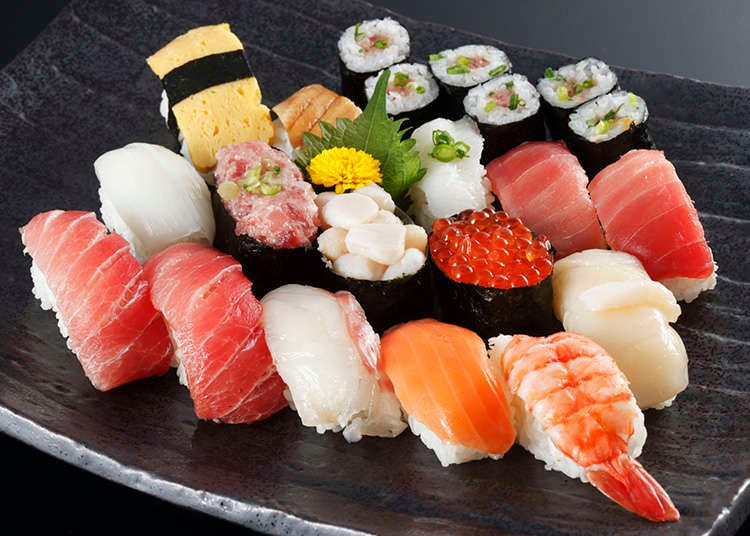The health advantages of Japanese cuisine are broadly known. Japanese people live more than individuals in about any other country. Sushi has become eaten through the West, and protein-packed tofu can be obtained at many local supermarkets. Lots of people in the western world drink eco-friendly tea on almost an everyday basis.
But Japanese food includes greater than sushi, tofu and eco-friendly tea. Visit Japan and if you have been products you haven't seen before. But point about this will come in free airline too, at Japanese restaurants and also at Asian supermarkets.

Listed here are five foods that you might not know, but which, for the health's sake, you need to try. Be adventurous. The body will appreciate it.
Atsu-age - they are cakes of deep-fried tofu, and therefore are frequently available where regular tofu can be obtained. They're most likely best referred to as tofu for Westerners that do not like tofu. Deep frying in oil provides them a nutty texture and crunch, yet, inside, this Yabai izakaya maintains the gentleness and level of smoothness of fresh tofu, along with the health advantages.
Katsuo-bushi - this really is dried flakes from the cooked bonito fish, and resembles wood shavings. It's absolutely scrumptious when utilized as a regular for soup or stews. Like tofu, it is filled with protein. You need to think it is offered in large packages at good Asian supermarkets. It's also obtainable in powder form.
Gobo - the British reputation for this root vegetable is burdock. It's been utilized in China and Japan for a lot of centuries like a medicine. Lots of people believed it might help recovery from illness, in addition to boost energy. Today it's reputed to reduce cholesterol. It may seem available canned, but when possible purchase it fresh and stew or fry.
Kikuna - this is a kind of edible chrysanthemum leaves, also referred to as shungiku. It may be eaten raw, but is much more generally incorporated in stews, or deep-friend as tempura. Try not to overcook, or even the taste can become bitter. It's stated to become great for fevers.
Daikon - the enormous white-colored radish is among the most typical ingredients in Japanese cooking. It's generally incorporated in stews of all types, and it is a normal garnish with sushi and lots of other uncooked dishes. It's also frequently put into dipping sauces, for example for tempura. It's a short stumpy vegetable, and thus ingrained could it be in Japanese culture that individuals with fat legs are stated to possess "daikon legs." The very best daikon includes a somewhat sharp taste, but frequently it is quite bland, even though it is completely scrumptious when pickled. It's so essential in Japanese cooking that you simply will be able to think it is any Asian supermarket that sells fresh produce. It's especially good in helping digestion, designed for oily foods.